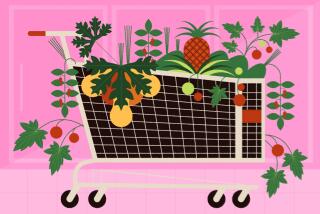How to save tomato and tomatillo seeds
Garden writer/saint Jeff Spurrier recently handed off some of his heirloom tomatoes with a reminder that I should save a few seeds of my favorites to plant next spring, naturally leading to the question: How? What’s the best way to save tomato seeds?
Spurrier’s recent post on growing tomatillos, a cousin of the tomato, says seeds of that plant also can be saved for planting. Tomatillo seeds are actually easier, Spurrier says, requiring fewer steps in preparation for storage.
He wrote about his preferred method for saving tomato seeds a couple of years ago. We dug up that story, have copied the instructions here and added notes at the end about how to tweak the process for tomatillos.
Wrote Spurrier:
I removed as much of the pulp around the seeds as possible, then left them in a glass of water, covered with plastic wrap, in a warm spot. I punched a hole in the top of the plastic for air.
Fermentation must take place. Every night give the goopy mixture a stir, and replace the plastic. A scum will develop after a few days, and the viable seeds will sink. Rinse these seeds off using a fine sieve, making sure no strands of goo remain.
Put these clean seeds on waxed paper to dry for a few more days. Err on the side of caution if you’re not sure whether your seeds are dry. When you’re certain they’re dry, store them in the dark in dry containers — paper envelopes, plastic vials, glass jars. Include a few packets of silica gel.
Some gardeners simply rinse off their seeds and lay them out on paper towels. They put the dry seeds in successive plastic bags and throw them in the freezer. These gardeners swear the process works.
Spurrier says that if you’re working with tomatillo seeds, you can skip the fermentation process. Just wash the seeds, remove any fruit goo and gunk, then dry them on a plate. Store them in a dry, dark place and plant them in the spring.
The Global Garden, Spurrier’s look at our multicultural city through the lens of its landscapes, appears here on Tuesdays. For an easy way to follow future installments, join our Facebook page for Gardening in the West. Email: [email protected].





